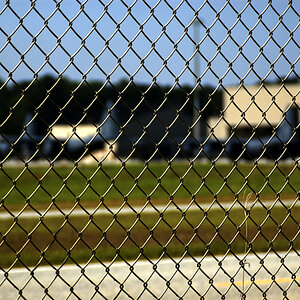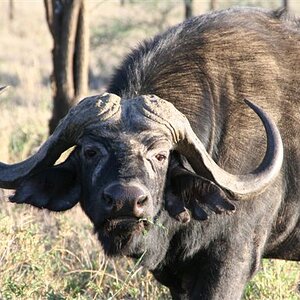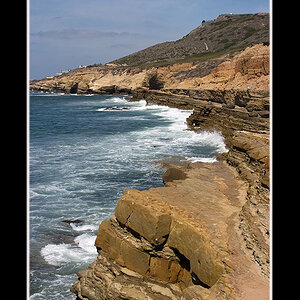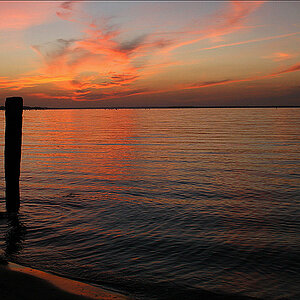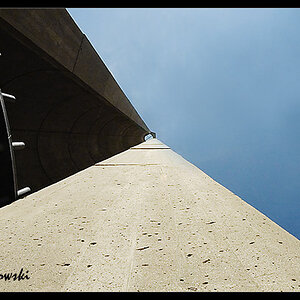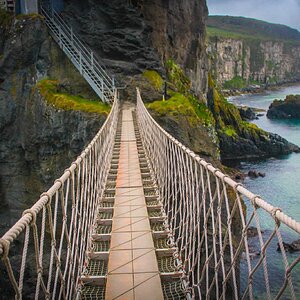A/Ox4
No longer a newbie, moving up!
- Joined
- Nov 3, 2014
- Messages
- 321
- Reaction score
- 191
One of my favorite things to photograph is emergency services... Fire engines, ambulances etc. The problem I face is that all of the emergency vehicles here use bright led lights for their warning lights. At night this creates large flares and seems to over power the photo.
Any tips on fixing this?
Any tips on fixing this?


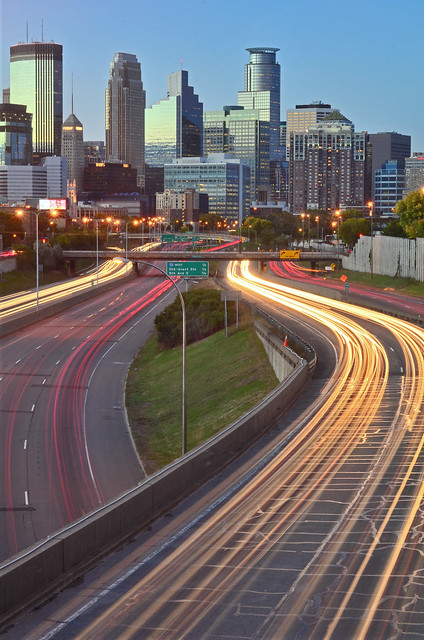


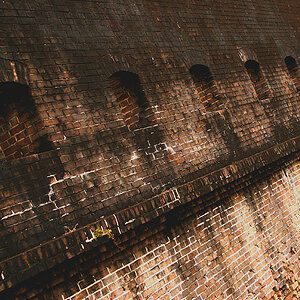

![[No title]](/data/xfmg/thumbnail/30/30889-6a35eb14fac2d7d837d49a6a1757d874.jpg?1619734500)
![[No title]](/data/xfmg/thumbnail/32/32162-dd2cfb373402c59de9c6f13cee73b0fb.jpg?1619735234)
